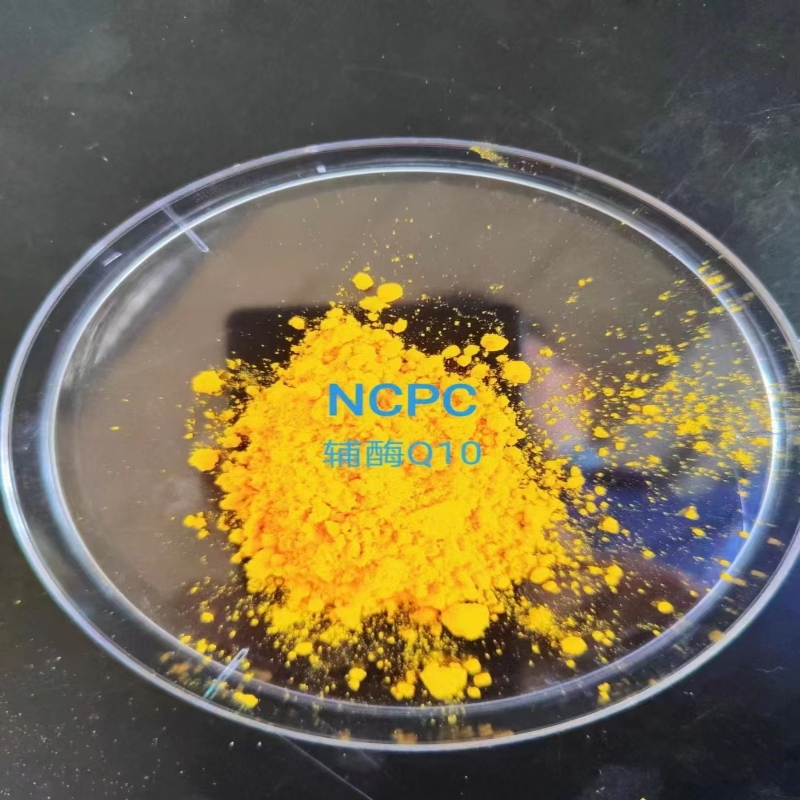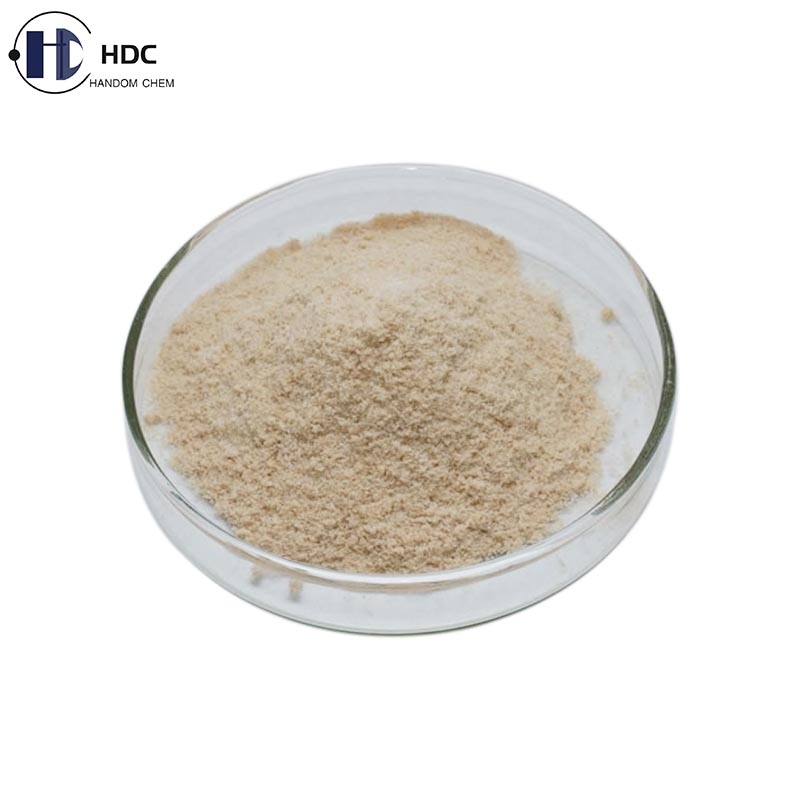Progress in chemical biology of protein kinase
-
Last Update: 2019-06-25
-
Source: Internet
-
Author: User
Search more information of high quality chemicals, good prices and reliable suppliers, visit
www.echemi.com
On June 14, Yao Xuebiao's team from University of science and technology of China and Zhang Rongguang's team from Institute of Biochemistry and cell biology of Chinese Academy of Sciences published a paper entitled "BubR1 photosynthates CENP-E as a switch enabling the transition from general association to end-on capture of spiral microtubbles" in cell research, and found direct evidence to support BubR1 It is a protein kinase, and analyzes the structure-activity relationship of BubR1 protein kinase, and explores the first BubR1 protein kinase inhibitor, bubristatin, to provide theoretical basis and platform technology for precise intervention of related diseases Cell is the smallest unit of life activity, and organelle is the "studio" for eukaryotic cells to perform complex life activity regulation The organelles are divided into membranous organelles and non membranous organelles Centromere is a typical non membranous organelle, which plays an indispensable role in the process of cell mitosis The abnormal assembly and function of centromere lead to chromosome loss, translocation, etc., which makes cell growth out of control, such as cancer The team of Bert Vogelstein in the United States discovered the effect of centromere BubR1 gene mutation on the genomic instability of rectal cancer in the 1990s Since then, the case of BubR1 gene mutation increasing the susceptibility of gastric cancer has also been reported Yao Xuebiao, Teng MaiKun, Zang Jianye, Liu Hang, and Zhang Rongguang, Institute of Biochemistry and cell research group of China University of science and technology, cooperated sincerely on whether BubR1 is a protein kinase and the biological significance of its structure-activity relationship Since 2012, they have jointly carried out structural biology research on BubR1, an important mitotic protein kinase Through the screening and optimization of several species of BubR1 protein under different conditions, the crystal structure of BubR1 protein in Drosophila was successfully resolved (as shown in the figure) The structure of the cartoon model obtained from the analysis of X-ray diffraction data shows that: BubR1 has the classic characteristics of protein kinase: a series of antiparallel β - folds and a N-terminal lobe formed by an α - helix; a C-terminal lobe mainly composed of helix structure The researchers analyzed the crystal structure and found that there was an ATP binding pocket between the two lobes It is suggested that lys1204, asp1326 and ser1253 can form hydrogen bond with ATP, which is very important to stabilize the binding of ATP to the binding pocket of BubR1 kinase region, and is the structural basis of the phosphorylation of BubR1 catalytic substrate (as shown in the figure) Because the same protein kinase has important functions in different links of cell activity, classical genetic methods can not dissect its functions in the process of close space-time (such as the arrangement of chromosomes on equatorial plate and the formation of central spindle) In addition, since a protein kinase usually modifies multiple substrates, it requires reversible chemical probes to elucidate the spatiotemporal dynamics of the modified substrate and the specificity of its interaction with the substrate Therefore, Liu Hang, Wang Zhiyong, Ruan Ke, Zhang Jiancun, Yang Zhenye and Ye Sheng began to study the chemical biology of BubR1 kinase They discovered a new chemical and molecular inhibitor of BubR1 kinase, bubristatin Using bubristatin as a chemical probe, they systematically evaluated the substrate of BubR1 kinase in mitosis and found that the motor protein CENP-E was a new substrate of BubR1 CENP-E is a motor driven protein that locates at the moving point before mitosis and takes part in the two-way connection and movement of chromosomes Its loss of function leads to chromosome arrangement defect, spindle physical examination point deactivation and other phenotypes in mammalian cells In view of the high activity of BubR1 kinase and CENP-E in some solid tumors, Yao Xuebiao's research group began to combine these small molecules with the similar organs from patients with digestive tract tumors to carry out the precise design of individualized treatment
This article is an English version of an article which is originally in the Chinese language on echemi.com and is provided for information purposes only.
This website makes no representation or warranty of any kind, either expressed or implied, as to the accuracy, completeness ownership or reliability of
the article or any translations thereof. If you have any concerns or complaints relating to the article, please send an email, providing a detailed
description of the concern or complaint, to
service@echemi.com. A staff member will contact you within 5 working days. Once verified, infringing content
will be removed immediately.







